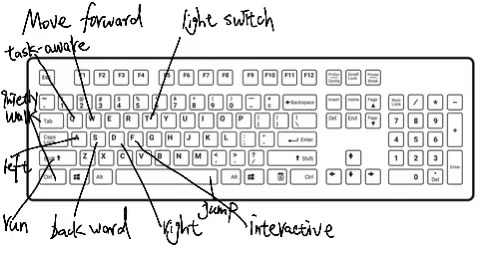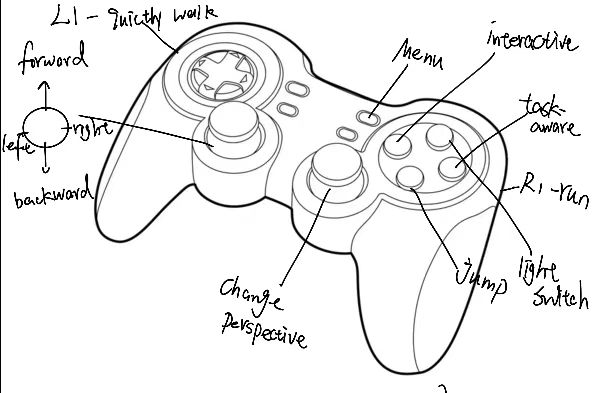Platform Optimization:
- Target platforms:
- The game is designed for PC and next-generation consoles (PlayStation 5, Xbox Series X/S) to take full advantage of their advanced hardware features.
- Cross-platform save support: Players can continue their games regardless of the platform used.
- Performance optimisation:
- Realistic lighting and shadow effects thanks to ray tracing technology, which is essential for creating immersive environments.
- Dynamic resolution scaling: Ensures high-quality visuals even in demanding scenes, especially those with lots of action or graphics.
- Accessibility features:
- Customisable controls and UI scaling to meet the needs of different players.
- Audio and visual accessibility options such as high contrast mode and screen readers for better inclusivity.
Game system requirements:
- Requires a 64-bit processor and operating system.
- OS: Windows 10 (64 bit)
- Processor: Intel Core i5-6600 @ 3.3 GHz or AMD Ryzen 3 1300 X @ 3.4 GHz.
- Memory: 12 GB RAM.
- Graphics: Nvidia GeForce GTX 1060 or AMD Radeon RX 580 with 4GB VRAM minimum (Support of Vulkan 1.1 required)
- Storage: 55 GB available space.
Keyboard layout:
The following is a diagram of the keyboard button controls for the game.

The following is a key control diagram for the controller:

Advanced AI:
- Adaptive New Human AI:
- The Neo Human will be equipped with a behavioral AI system that mimics the dynamic relationship between the planet’s native predators and prey:
- Predator Behavior: hunt the player using swarm tactics, stealth or environmental traps.
- Prey behavior: back off, hide or adopt a defensive strategy when feeling threatened.
- The Neo Human will be equipped with a behavioral AI system that mimics the dynamic relationship between the planet’s native predators and prey:
- Custom difficulty adjustment:
- AI behavior is scaled according to the player’s skill level, ensuring playability for beginners while providing a challenging experience for experienced players.
Dynamic lighting:
- Lighting system:
- Ray-traced lighting:
- Realistic reflections and refractions, especially on atmospheric or water planets.
- Lighting dynamically interacts with physics features for newcomer adaptation (e.g. bioluminescence on dark planets).
- Dynamic light sources:
- Lighting adapts to environmental changes such as day/night cycles, eclipses or power cuts.
- Moving light sources (e.g. flares, torches) can cast realistic shadows and create tension.
- Ray-traced lighting:
- Dark environments:
- Planet 10 is the showcase for lighting technology:
- Ambient light blocking is used to simulate complete darkness in certain areas.
- The Neo humans become invisible in the dark and can only be detected by sound or limited light sources.
- Light-dependent gameplay:
- Introduce mechanics where players must strategically manage light resources (e.g. battery-powered flashlights or limited lighting).
- Some Neo humans react strongly to light, forcing players to alternate between light and dark.
- Planet 10 is the showcase for lighting technology:
- Interactive lighting effects:
- Flickering lights:
- Lights above or sources such as machinery will flicker, creating a disturbing atmosphere.
- Faulty lights:
- Malfunctioning equipment in the player’s spaceship or abandoned facility can cause lights to go out unexpectedly, heightening the tension.
- Player-generated lighting:
- Allows the player to place portable light sources or use tools such as glow sticks to control visibility.
- Flickering lights:
- Environmental integration:
- Dangerous lighting effects:
- On planets with harsh atmospheric conditions, lights may be distorted or dispersed by gas clouds or storms.
- Natural light sources:
- Unique planetary phenomena such as bioluminescent plants or luminescent minerals can act as ambient light sources in dark environments.
- Dangerous lighting effects: